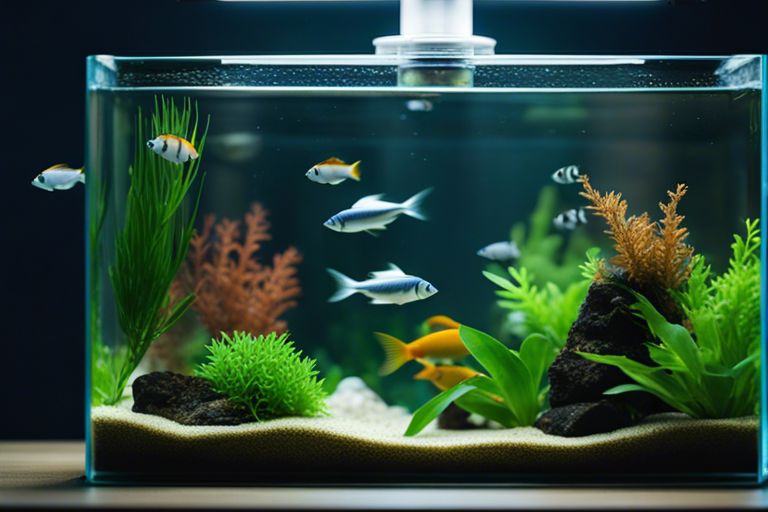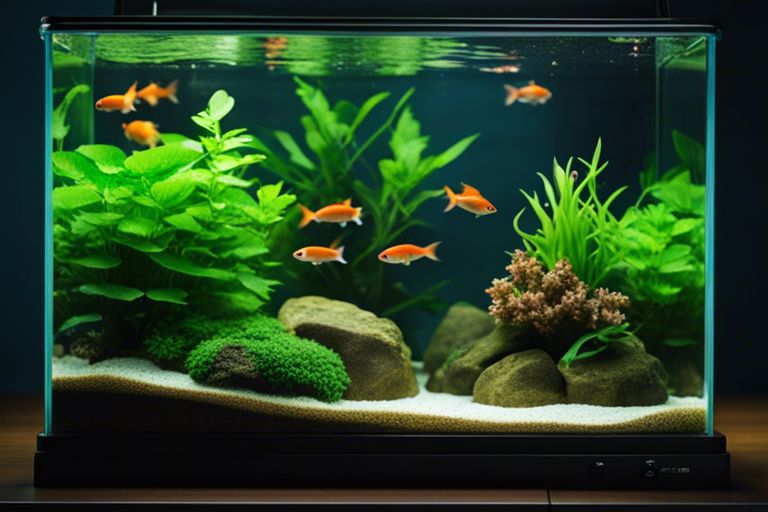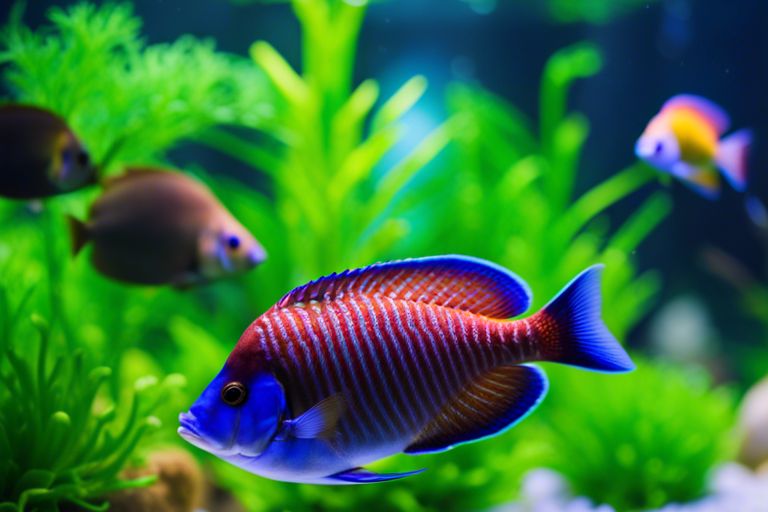Common issues can arise when maintaining a fish tank, but one can easily prevent them with the right knowledge and care. Keeping fish healthy and happy involves understanding and addressing potential problems before they escalate. By being proactive and attentive, fish tank enthusiasts can create a thriving aquatic environment for their underwater companions. Let’s examine into the common fish tank issues and how to prevent them effectively.
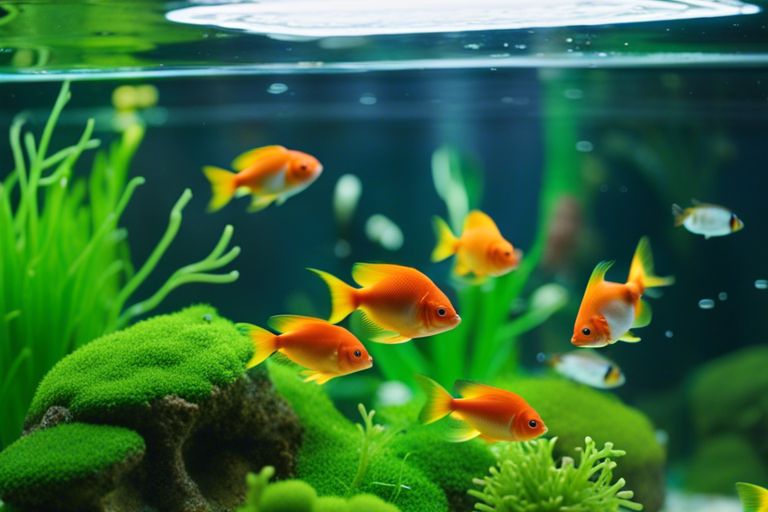
Water Quality Issues
Understanding Water Parameters
Issues related to water quality are one of the most common problems faced by fish tank owners. Understanding water parameters such as pH, ammonia, nitrites, and nitrates is crucial in maintaining a healthy environment for your aquatic pets. Imbalance in these parameters can lead to stress, illness, and even death in fish.
Prevention and Correction of Water Imbalance
On top of regular water testing, prevention and correction of water imbalance are key in avoiding water quality issues. It is important to establish a consistent maintenance routine that includes regular water changes, proper filtration, and monitoring of water parameters. Swift action is necessary if any imbalance is detected to prevent harm to your fish.
Aquarists should also be aware of the importance of avoiding overfeeding, as uneaten food can contribute to an increase in ammonia levels. Maintaining a balanced ecosystem within the tank, including the right amount of plants and appropriate stocking levels, can help reduce the likelihood of water quality problems.
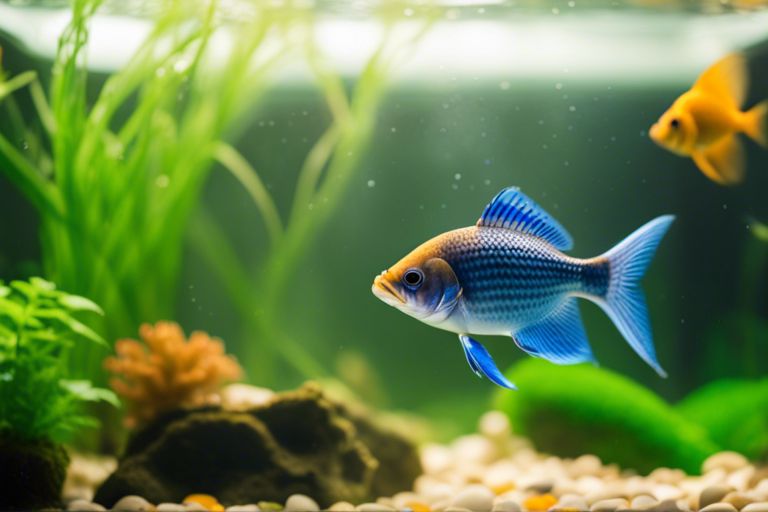
Algae Overgrowth
Causes of Algae Bloom
Now, let’s talk about one of the most common fish tank problems – algae overgrowth. Algae blooms are often caused by an excess of nutrients in the water, such as nitrates and phosphates, which can result from overfeeding, poor water circulation, or inadequate filtration systems.
Strategies for Algae Control and Prevention
On the bright side, there are ways to effectively control and prevent algae overgrowth in your fish tank. Regular water testing and maintenance are crucial, as well as monitoring the amount of light exposure your tank receives. Implementing a proper feeding schedule and incorporating algae eaters, like snails or certain fish species, can also help keep algae levels in check.
Algae thrive in environments with excess nutrients and sunlight, so it’s vital to strike a balance in your tank to prevent these unsightly blooms. By staying on top of water quality and taking proactive steps to control algae growth, you can maintain a healthy and vibrant aquatic ecosystem for your fish to thrive in.
Disease and Parasites
Identifying Symptoms in Fish
Parasites are one of the most common issues that fish owners may encounter in their tanks. Symptoms of parasitic infections in fish include visible white spots, redness, inflammation, and abnormal behavior such as rubbing against objects in the tank.
Treatment Options and Preventative Care
One of the effective treatment options for parasitic infections in fish is the use of medication specifically designed to target parasites. It is important to follow the instructions carefully and remove any carbon filtration from the tank during treatment to prevent the medication from being filtered out.
It is also crucial to maintain good water quality, a balanced diet for the fish, and quarantine new fish before introducing them to the main tank to prevent the spread of parasites. Regular observation of fish behavior and appearance can help in early detection and treatment of any potential issues.
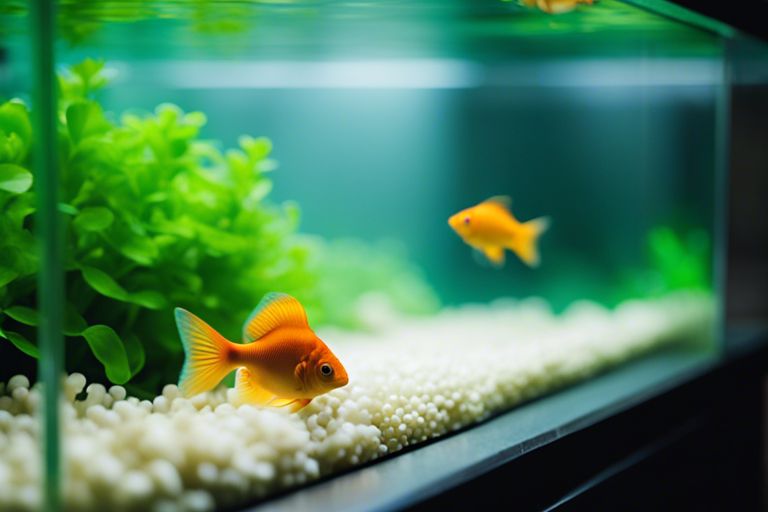
Equipment and Maintenance Challenges
Proper Fish Tank Equipment Selection
One of the most crucial aspects of maintaining a healthy fish tank is choosing the right equipment. From filters to lighting, each component plays a key role in the well-being of your aquatic pets. Ensure that you research and invest in high-quality equipment that suits the specific needs of your fish species and tank size.
Regular Maintenance Schedules and Best Practices
Selection of the correct equipment is just the first step in ensuring a thriving fish tank. Regular maintenance is necessary to prevent common problems like algae growth, ammonia spikes, and water quality issues. A well-structured maintenance schedule that includes water testing, filter cleaning, and partial water changes is crucial for a balanced and healthy aquatic environment.
Aim to establish a routine maintenance schedule that aligns with the requirements of your fish species and tank size. Conduct regular water tests to monitor parameters like ammonia, nitrite, nitrate, and pH levels. Additionally, cleaning your filter periodically and performing partial water changes will help maintain optimal water quality and prevent issues before they escalate.
Summing up
Hence, it is crucial for fish tank owners to be aware of the common problems that can arise and take proactive steps to prevent them. By maintaining good water quality, monitoring fish behaviors, and conducting regular tank maintenance, many potential issues can be avoided. Additionally, seeking advice from experienced aquarists or professionals can provide valuable insights for better fish tank management. With the right knowledge and precautions, fish tank problems can be effectively identified and prevented, ensuring a healthy and thriving aquatic environment for your aquatic pets.
FAQ
Q: What are common fish tank problems?
A: Common fish tank problems include high levels of ammonia, nitrites, and nitrates, pH fluctuations, temperature fluctuations, algae growth, and fish diseases.
Q: How can high ammonia levels affect fish in a tank?
A: High levels of ammonia are toxic to fish, causing stress, reduced immunity, and even death. It is crucial to regularly test and maintain ammonia levels in a fish tank.
Q: What are the causes of high ammonia levels in a fish tank?
A: High ammonia levels can result from overfeeding, overstocking, inadequate filtration, decaying organic matter, or lack of regular water changes.
Q: How can nitrite and nitrate build-up be prevented in a fish tank?
A: To prevent nitrite and nitrate build-up, ensure proper filtration, conduct regular water changes, avoid overfeeding, and monitor water parameters frequently.
Q: What should be done to prevent pH fluctuations in a fish tank?
A: To prevent pH fluctuations, use a buffer to stabilize pH levels, avoid sudden changes in water parameters, and check the pH regularly to maintain a stable environment for the fish.
Q: How can algae growth be controlled in a fish tank?
A: To control algae growth, reduce the lighting duration, avoid direct sunlight exposure, keep up with tank maintenance such as cleaning and water changes, and avoid overfeeding.
Q: How can common fish diseases be prevented in a tank?
A: To prevent common fish diseases, maintain good water quality, quarantine new fish before introducing them to the main tank, avoid overcrowding, and ensure a balanced diet for the fish.
